With Labeljoy you can create ISBN codes. This page contains all the information and features of the International Standard Book Number
ISBN
The ISBN - International Standard Book Number - is a number that uniquely and permanently identifies a title or edition of a title by a particular publisher on an international level.In addition to identifying the book, it attributes to all those products created to be used as a book
Prefix of the Bookland
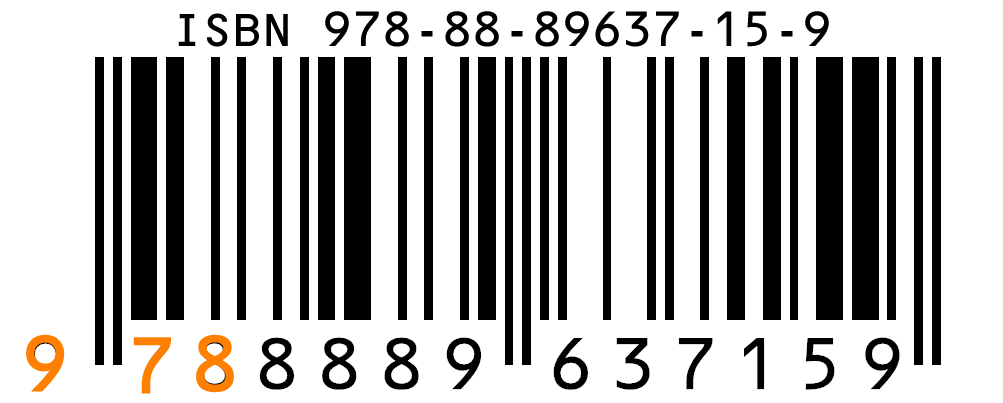
The first part of the ISBN identifies the Bookland. The prefixes provided by GS1 International are 978 and 979.
Identifier of the linguistic area
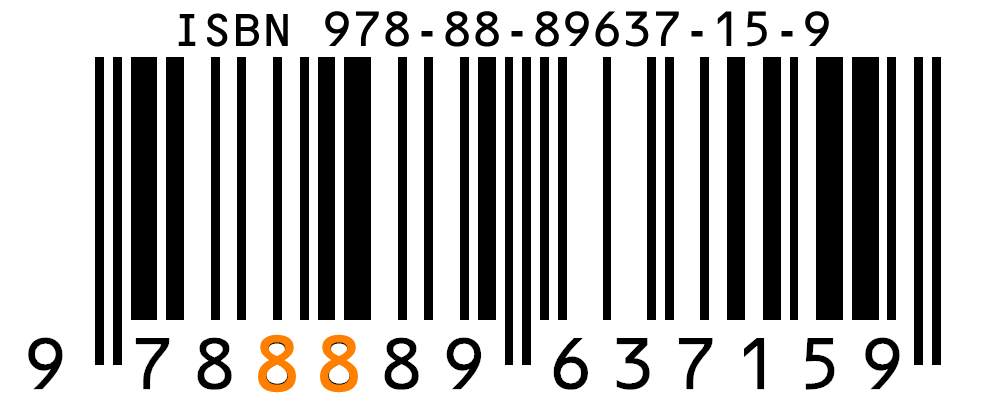
The second part of the ISBN is the number that identifies the national, linguistic or geographical group.
The language area prefix is assigned to each National Agency by the ISBN International Agency and can have from 1 to 5 digits.
Publisher prefix
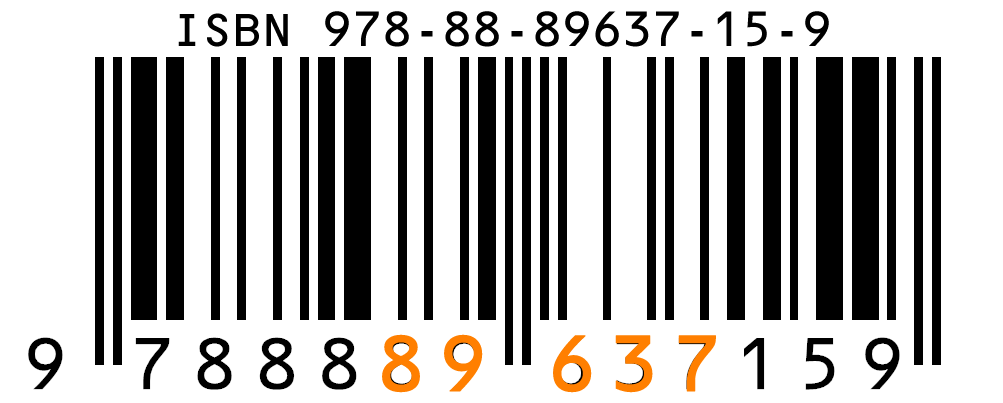
The third part of the ISBN is the publisher prefix.It is a number that identifies a single publisher or publishing brand within a linguistic group. It is assigned by the ISBN Agency for the language area and can have from 2 to 6 digits according to the reference group.
Title identifier
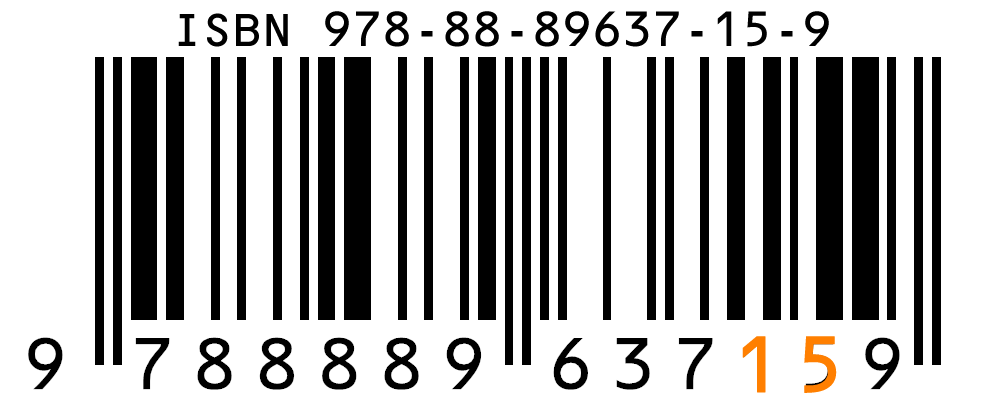
The fourth part of the code is the title identification number.
Taking into account that an ISBN code is made up of 13 digits, the title identification number may have as many digits as will be left available by the book world prefix of the GS1 system, the language area identifier and the publisher prefix that precede it and the check digit that follows it.
Check digit
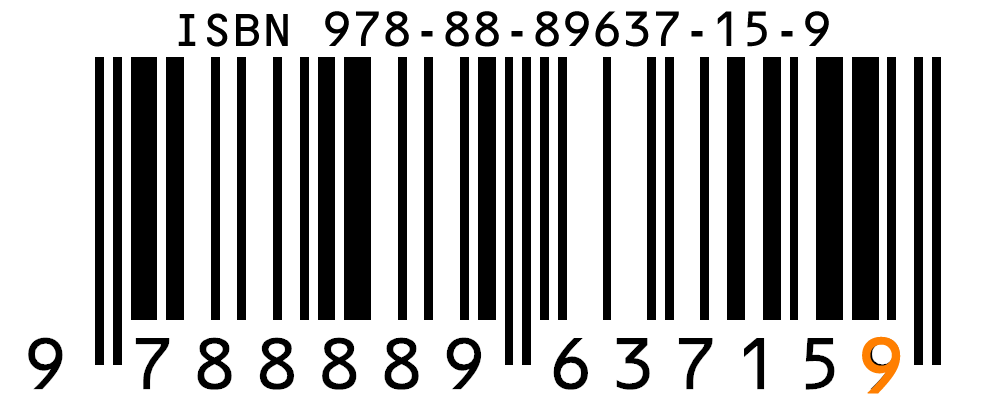
The fifth part of the ISBN is the check digit.
It is a guarantee against possible errors due to manual transcription. It can range from 0 to 9 Labeljoy is able to automatically generate the check number
With Labeljoy the ISBN barcode is generated using the EAN-13 symbology
Why use it
The use of the ISBN code allows you to:
- Fulfill orders quickly and effectively;
- Better manage book returns;
- Compile and update sector directories and bibliographic databases, such as the Catalog of books on the market;
- Avoid long bibliographic descriptions in the inventory of volumes both in editorial stores and in bookstores.
- The use of the ISBN linked to a bar codethat allows optical reading, speeding up all the phases related to the marketing of the book along the entire supply chain.
- Using the ISBN linked to the ISBN-A service allows you to make the most of ISBN as a marketing tool on the Internet.
Where to use it
ISBN must be attributed to:
- printed books also on materials other than paper (parchment, cloth, etc.) with text and / or images;
- geographical maps;
- children's books;
- educational videos;
- audio books on cassette, CD or DVD;
- electronic or multimedia publications.
- There are several other examples of code attribution
Example of use on books:
e-book
Each electronic edition (e-book) and each e-book format (eg .lit, .pdf, .html, .pdb) that is published and made available separately must be assigned its own ISBN. This means that if a title is published in two or more e-book formats, each of these formats must have a different ISBN.
New editions
Each edition that involves substantial changes from the previous edition (pages, illustrations, format, etc.) must be assigned a new ISBN.
Publications in Different Formats
If a publication is published in different formats (eg paperback, hardcover, Braille, etc.), each format must be assigned a different ISBN.
Multi-volume works
A multi-volume work requires an overall ISBN. Each volume of the work that can be sold separately must have its own ISBN
Co-editions
A work published in co-edition by two or more publishers must be assigned the ISBN of the publisher who distributes it.
Create your barcodes now; download the free demo of Labeljoy
